One Year in Málaga!
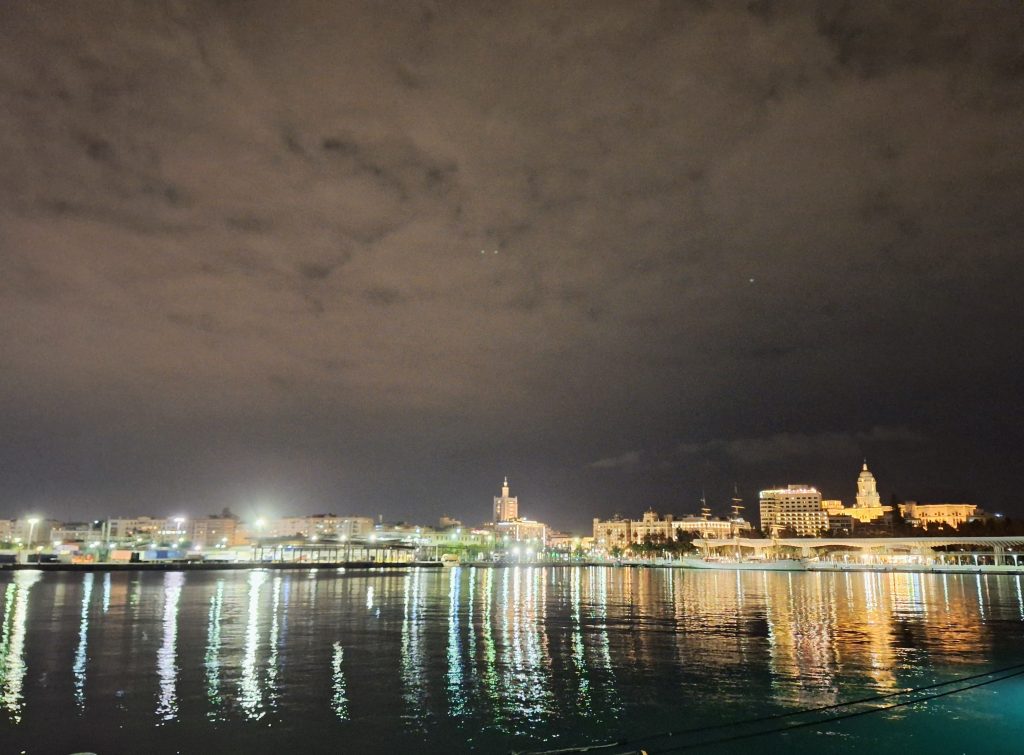
On March 17, we completed our first year in Málaga, this colorful city of mostly sun and occasional clouds and never-ending discovery.
In the weeks leading up to that date and spilling into the week after, we (well, mostly, James) were busy submitting forms to renew our residency cards as well as signing a new contract on our current apartment. Stress was involved.
But that part is over, and we’ve learned a lot of things to do better next time.
Connections
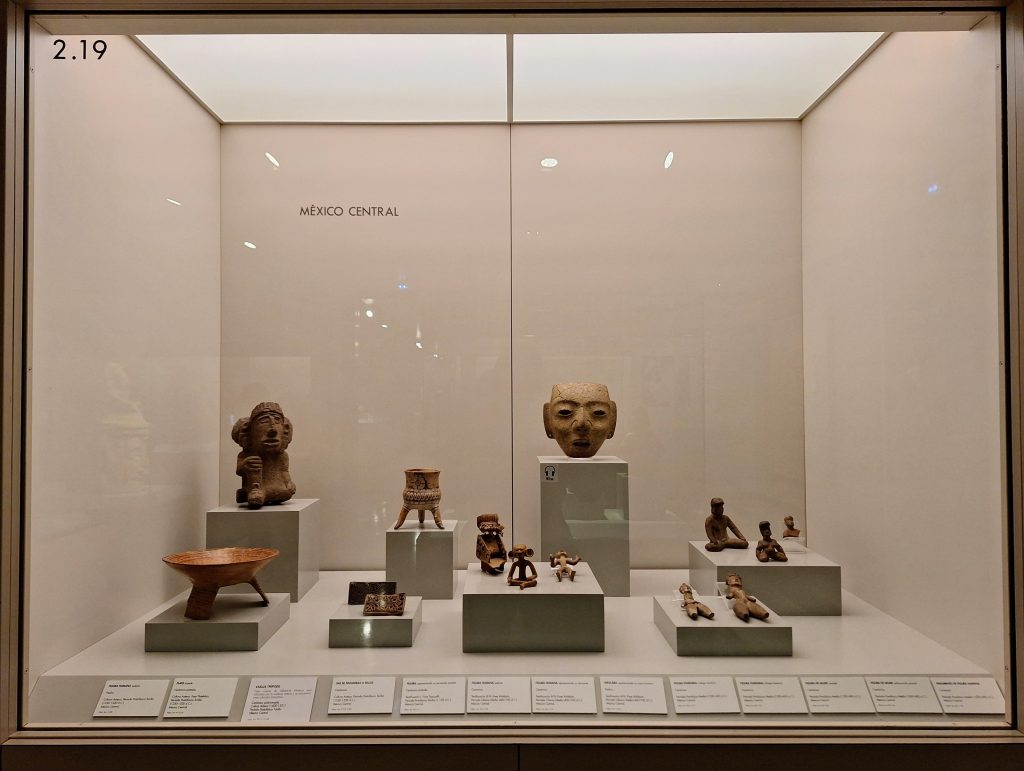 The month began with another trip to Madrid where I visited the Museum of America, located fittingly on Avenida de los Reyes Católicas. (It was Isabel and Fernando who financed Columbus’s voyages.) The museum has an extensive collection of pre-Columbian artifacts and Spanish Colonial art. Seeing figurines from Central Mexico similar to the ones I’d seen in the National Museum of Anthropology in Mexico City sparked a jolt of déjà vu mixed with dissonance. Like a library book you never returned sitting on a shelf of your private library. There was also the display called La Emigración Asiática, which describes the introduction of Filipino, Chinese, Japanese, and Hindu slaves to the Americas. And there’s much attention to the mixing of races and its weird nomenclature that occurred as a result of colonization and slavery.
The month began with another trip to Madrid where I visited the Museum of America, located fittingly on Avenida de los Reyes Católicas. (It was Isabel and Fernando who financed Columbus’s voyages.) The museum has an extensive collection of pre-Columbian artifacts and Spanish Colonial art. Seeing figurines from Central Mexico similar to the ones I’d seen in the National Museum of Anthropology in Mexico City sparked a jolt of déjà vu mixed with dissonance. Like a library book you never returned sitting on a shelf of your private library. There was also the display called La Emigración Asiática, which describes the introduction of Filipino, Chinese, Japanese, and Hindu slaves to the Americas. And there’s much attention to the mixing of races and its weird nomenclature that occurred as a result of colonization and slavery.
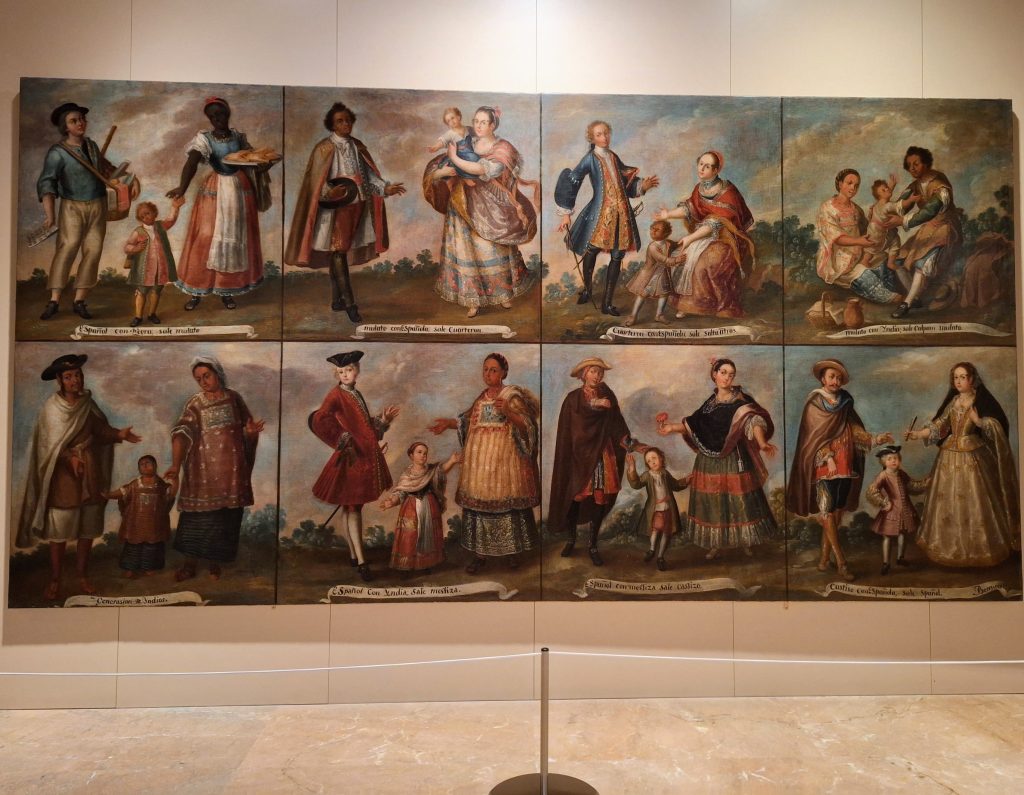
The next day, I went to see the monument to José Rizal, also on a fittingly named street—Islas Filipinas. Rizal is the Filipino national hero executed in Manila by the Spanish in 1896 for inciting rebellion through his writings. On either side of the monument is the poem he wrote before facing the firing squad, “Mi Último Adios,” one a Spanish version and the other one written in Tagalog.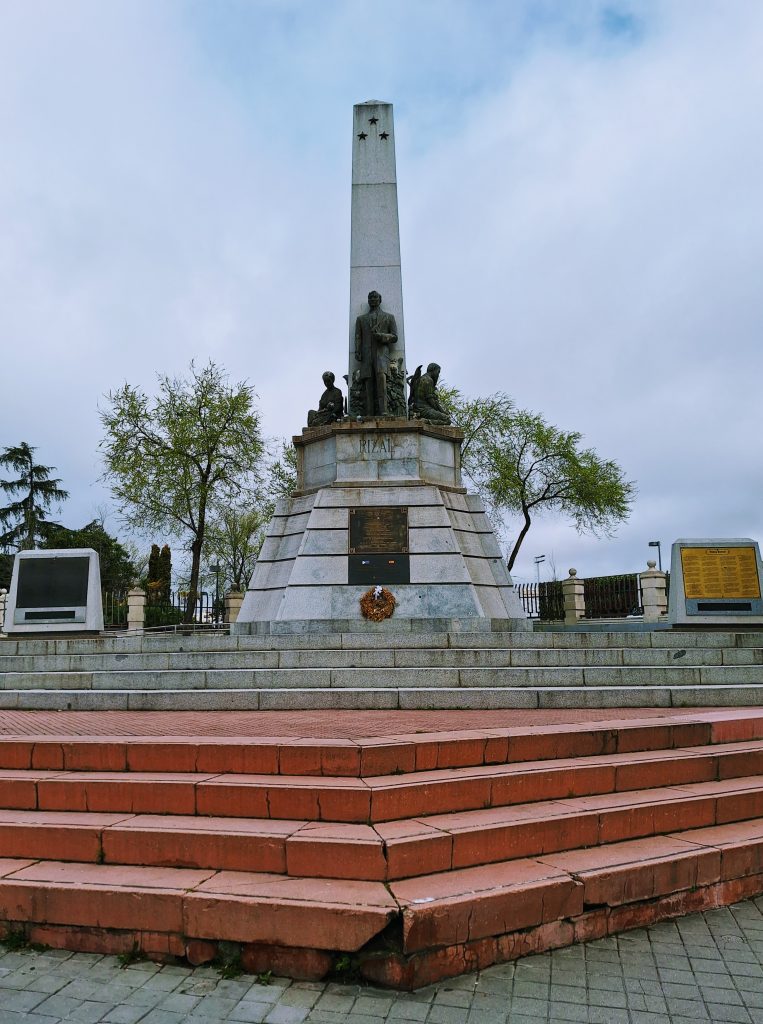
If it looks like I’m trying to find all the intersections of my Filipino and Mexican heritages in the land of a common colonizer, well, that’s no accident. It’s not why I moved to Spain, but since I’m here, I’m having fun finding the connections.
When you think about the size of Spain’s empire—the Americas, the Caribbean, the Philippines—it’s quite impressive. And when you think of all Spain lost, well, that’s impressive too.
And when you think of what that loss gave rise to—namely, the literary movement of the Generation of ’98, that makes it all the more interesting to me. Miguel de Unamuno, who was part of that movement, studied philosophy in Madrid at the same time Rizal was there studying medicine as well as taking courses in philosophy and literature. Eleven years after Rizal’s death, Unamuno wrote an essay called “Rizal: The Tagalog Hamlet,” in which he describes him as one who thought and felt deeply, which necessarily made him a writer. And a dreamer.
Unamuno writes:
I am certain we must have met in those classrooms of the Universidad Central, this Tagalog who was dreaming of his Philippines, and I, the Biscayan who was dreaming of my Basque Country. Both of us romantics.
Back in Málaga, at the Ferio de Libro, I bought a copy of Los Cuatro Jinetes del Apocalipsis by Vicente Blasco Ibañez. I’d read it in English (The Four Horsemen of the Apocalypse) a couple of times in my adolescence. Ibañez, who was also part of the Generation of ’98, was a badass. He was a militant Republican partisan, founded a controversial newspaper for which he was thrown in jail multiple times, was shot at in one of many disputes, and he agreed to proofread José Rizal’s novel Noli Me Tangere, which condemned the Spanish colonization of the Philippines.
Spanish Acquisition Report
I’ve used my Spanish at an urgent care in Madrid, at the dentist, and at the acupuncturist. As far as I know, I have not misinterpreted anything said to me or said anything in error that would result in some major health crisis, though I suppose time will tell because sometimes I shine and other times, I sputter with this language that I really love but have yet to win over.
The other day at the hotel I stayed at in Bilbao, I went to breakfast and said three words in Spanish to the staff at the door. Cuarenta y cuatro. It was my room number. “Ah, Castellano,” the man said and then proceeded to explain in rapid Spanish all the various stations elegantly laid with breads, fruit, cheeses, and meats. I understood all he said but was rendered almost speechless by his assumption that I was a real Spanish speaker rather than the imposter I often feel I am.
Writing Group
As I mentioned in a previous post, the make-up of the writers’ group I attend reflects the transitory nature of the population in Málaga with its ex-pats, short-term stays, and students. There’s always someone new to infuse a fresh dynamic to the group. Likewise, there’s always someone who leaves the group, which can in certain cases leave it bereft. Like the departure of Alan and Terry who leave soon for the north of Spain for the cooler climate they prefer. They have been mainstays of the group and it’s hard to imagine it without these two kind people who bring sparkle, wit, and fun to the group.
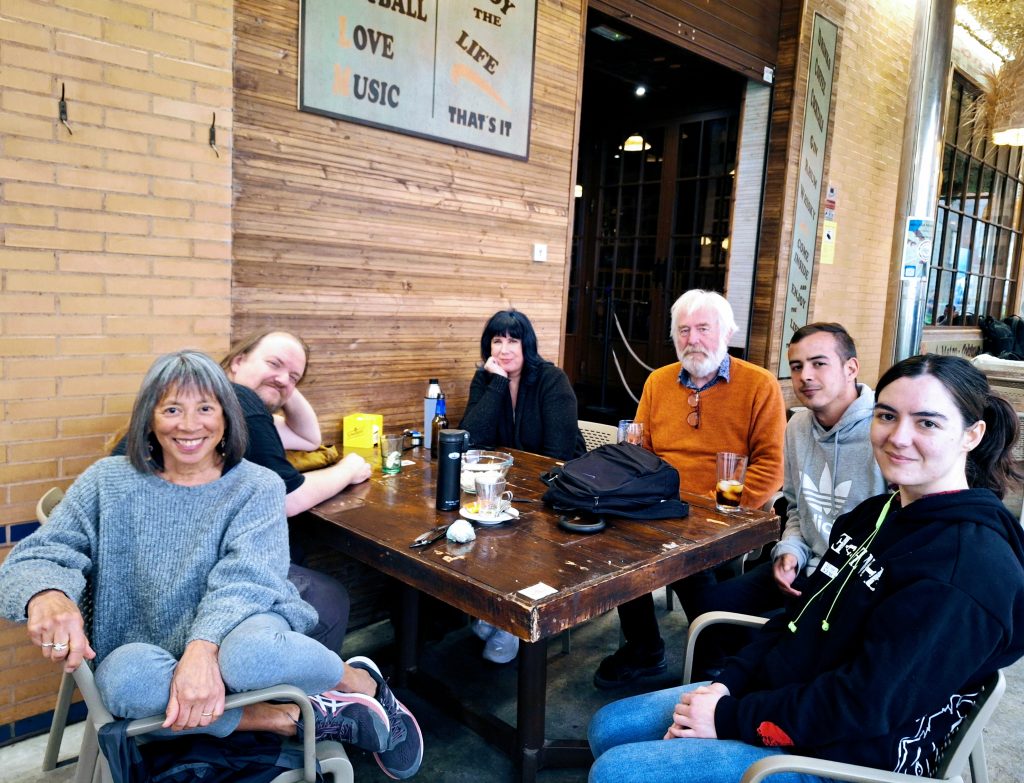
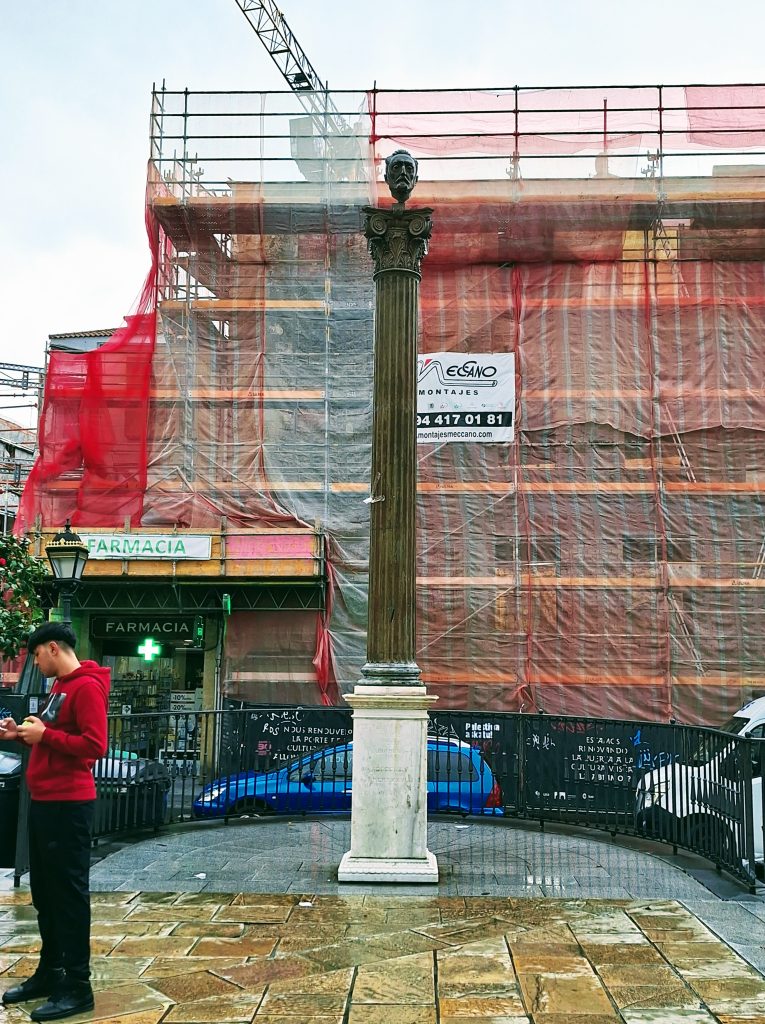 Basque Country and Unamuno Again
Basque Country and Unamuno Again
To end the month, I spent a few days in Basque Country to meet up with old friends from the US. I’d visited San Sebastián and Bilbao last October and found both places enchanting. The promenade along the Playa de la Concha retained its magic from my first visit as did the walk along the river in Bilbao. Both came with plenty of hair-whipping breezes and occasional rain. The pintxo barhopping in San Sebastián was a gustatory delight and the multi-course, hours-long lunch at the Michelin star Porrue Restaurant in Bilbao was blissfully yummy.
In Bilbao, I made sure to return to the Plaza de Miguel de Unamuno because the last time I was there I’d missed the easy-to miss bust of him atop a tall, narrow pillar. It stands not far from where he was born. He died in Salamanca in 1936 while under house arrest by Franco’s orders.
What I’m Reading
I recently finished Tom Lake by Ann Patchett, and I’ve just started The Fortnight in September by R.C. Sherriff, a novel that Graham in the writers’ group considers one of his influences.
I keep buying novels and story collections in Spanish because how does one walk out of a bookstore empty-handed? When I was in Madrid at the beginning of the month, I bought a novel by Berta Dávila called Una herida imaginaria, which I’m reading a few paragraphs at a time. In Bilbao, I bought Los de Bilbao nacen donde quieren by Maria Larrea. While fiction, it’s based on the stolen babies during the Franco regime that were given to Loyalists to raise.
Semana Santa
It’s that time of year when the streets of Málaga are filled with processions, lugubrious drumming, and penitentes, also called nazarenos, in robes, capes, and pointed head gear. It’s a stirring spectacle and last year I watched processions nearly every day. But this time I was away half the week, though I did catch one of the Wednesday processions. It’s interesting that the military and the police are part of these traditions. Apparently, they are viewed as guards or escorts for the holy figures adorning the gold-encrusted tronos that can weigh several tons and require the coordinated pacing of dozens of men to convey it upon their shoulders along the route. Although in Wednesday’s procession, there was a bit of cheerleading happening with one of the police officers in the march shouting, ¡Viva la policía nacional! To which the crowd replied, ¡Viva!
For you Spanish speakers, here’s an episode from the podcast “Acontece que no es poco” in which Nieves Concostrina discusses the euphemistic use of the term nazareno for the originally called disciplinantes. The episode is called “Látigos, sangre y miedo,” (whips, blood, and fear) which gives you an idea of the concern of the disciplinantes.
I enjoy spectacle but I also want to understand what’s behind it. With more time in Spain and as my Spanish improves, I know I’ll get there.
Interesting that Malaga has the same religious tradition as Sevilla. Very Medieval!
About the novel you are reading (The Stolen Babies During Franco): We at All Bilingual Press just published a book about the same theme called “Stolen Lives” by Joyce Yarrow. People need to know what happened!
Yes! Joyce Yarrows’s book!
Happy one year! Hope to see you both soon. I also recommend my Granada friend Barbara Lamplugh’s novel “The Red Gene,” about missing & stolen children. Lots of interesting research.
Thank you! And thanks for the book rec. I’ll look it up!